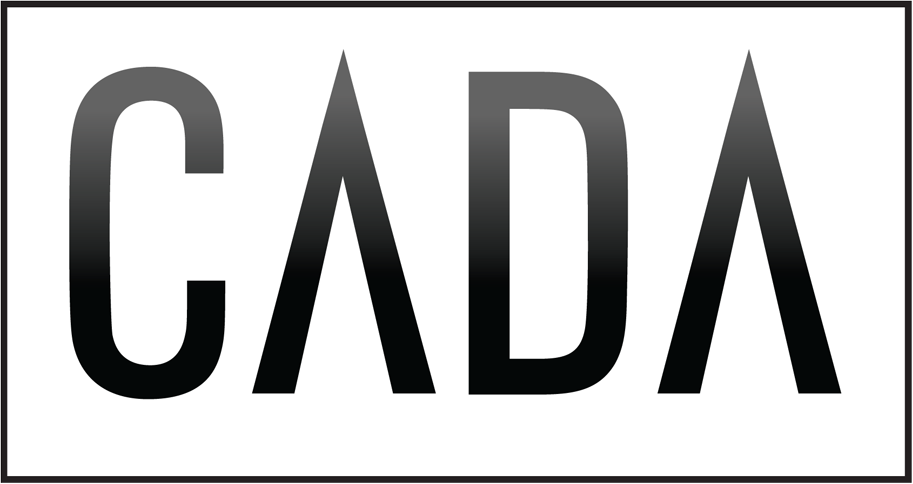Multiple Sites in Planning: Advancing CCUS and Blue Hydrogen Solutions
Historically, CCUS (Carbon Capture, Utilization, and Storage) projects have faced challenges in securing investment due to limited incentives. However, the introduction of the 45Q tax credit and recent updates to the U.S. tax code have significantly improved the financial landscape. These provisions offer a nonrefundable, transferable tax credit to entities that capture and either store or utilize CO₂.
The 45Q credit is defined in USD per metric ton (MT) of CO₂:
- $35/MT for CO₂ used in enhanced oil recovery or commercial applications
- $50/MT for CO₂ permanently stored underground
While these enhancements support more financeable projects, they do not fully eliminate investor risk.
One of the most promising applications of CCUS is in the production of blue hydrogen, where CO₂ is captured from hydrocarbons before combustion. This differs from post-combustion capture, which requires separating CO₂ from flue gases. Large-scale blue hydrogen production, paired with CO₂ capture, enables significant emissions reductions across all hydrogen applications. Whether used as a fuel for industry, an energy carrier for electricity generation, or in transportation, hydrogen infrastructure will drive the development of new pipelines, conversion of existing gas lines, storage systems, and fueling stations. Blue hydrogen is a critical step toward a green hydrogen future.
There are no technical barriers to large-scale, permanent CO₂ storage. In fact, 98% of injected CO₂ remains securely trapped in subsurface formations. CO₂ has been naturally stored in geological formations for over a thousand years. The U.S. has the capacity to capture more than 27 million tons of CO₂ annually—equivalent to removing 5.4 million cars from the road.
At CADA, we recognize the versatility and potential of hydrogen. Its combustion produces only water, making it an ideal CO₂-neutral energy source for heat, electricity, and transportation. Hydrogen is also a valuable commodity in chemical manufacturing and can be marketed to specialized off-takers across the U.S.
Hydrogen offers significant advantages over electricity in terms of storage and transport. It can be stored in tanks or underground and transported via the existing U.S. gas pipeline network. Additionally, hydrogen can be converted into electricity using fuel cells, supporting a more flexible and resilient energy system.
Despite its promise, financing CCUS projects remains complex. Equity investors seek returns on capital, while lenders require repayment of principal and interest. However, blue hydrogen combined with CCUS presents a compelling opportunity—delivering both environmental benefits and financial viability. For CADA and U.S. emitters, this synergy creates a win-win scenario, offering the confidence investors need to deploy capital and accelerate the clean energy transition.


